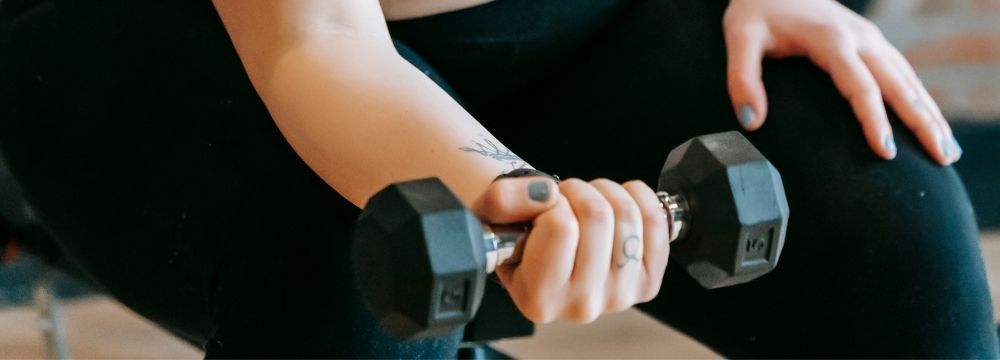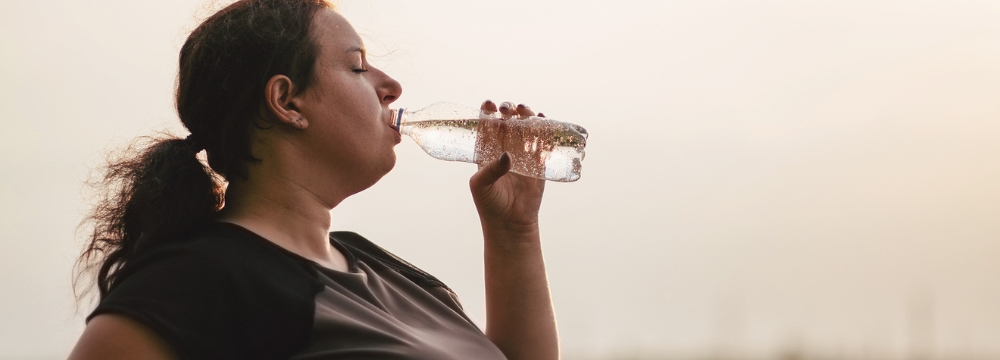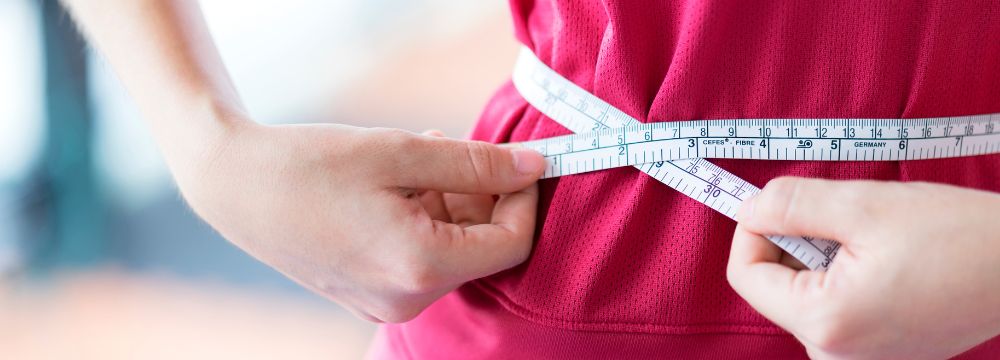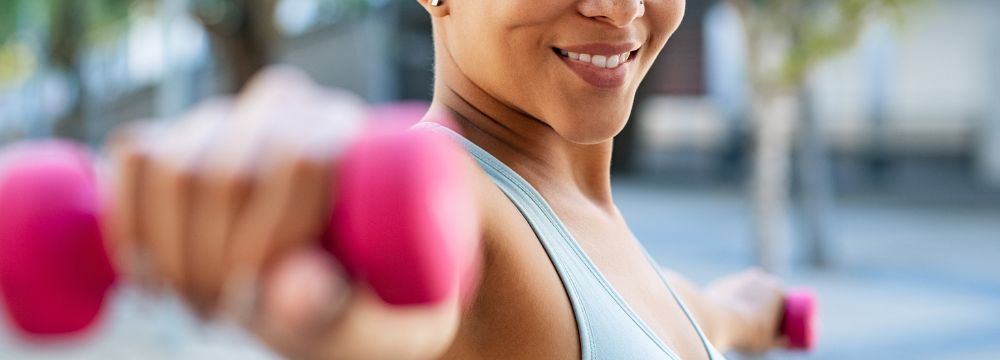
You’ve hit your weight loss goal. Now what? Life changes post-WLS don’t end with the scale hitting your target weight. It may be time to start shifting your diet and exercise goals from fat loss to muscle building. Why? I’m glad you asked!
Building muscle has many benefits. The most obvious benefit is that you’ll have better strength and endurance for life by having a good amount of muscle. You won’t tire as quickly. You’ll be more independent and energetic. But, there are other benefits of adding muscle that may surprise you. The more muscle you have, the higher your metabolic rate. That means your body is better at burning calories, even when resting! Building muscle can improve balance, reducing the risk of falls. Strength training can improve heart health and blood sugar levels, as well. It also can improve your overall mood and brain health.
Another important consideration is the effect of muscle on excess skin. If you’ve reached your target weight loss goal, you likely have loose skin around your waist, upper arms, thighs, and other areas. Building muscle is a great natural and low-cost way of tightening that skin back up! You may not be able to put on enough muscle mass to account for your excess skin completely, but you’d be surprised how much a little extra muscle can help!
OK, so you want to start building muscle. How do you do it?
It’s going to require a shift in your diet and exercise mindset. You’ve likely been successfully losing weight with a combo of a low-calorie diet and exercise that focuses on keeping your heart rate elevated. That’s great for weight loss but not ideal for building muscle.
To build muscle, you’ll need to increase your calorie and protein intake. Muscles need adequate calories and protein to develop. This can be a scary thing to do. For years now, you’ve probably focused on keeping your calories as low as possible. But, with a change in focus comes a shift in approach! Don’t go crazy, but make sure you’re fueling the muscles you’re trying to grow!
Focus exercise on weights and resistance. This can start with simple bodyweight exercises like pushups, lunges, squats, and planks. You can begin to incorporate hand weights, kettlebells, resistance bands, and machines when you feel ready. It can feel intimidating and overwhelming to start, so seek help! Watch videos and seek a personal trainer to ensure that your form is correct. If you have a friend who knows what they’re doing, ask to go to the gym with them.
As you start to build muscle, the scale will creep up. If you’re like me, that’s a terrifying thing to see. But try to keep it in the proper perspective. Muscle is denser than fat. So, if you are putting on muscle, you will see the scale go higher while your clothes still fit or even fit looser. Building muscle is what we call a non-scale-victory (NSV). It is one of those accomplishments that can’t be measured with a number. So, worry less about that number and more about how your body looks and feels!









